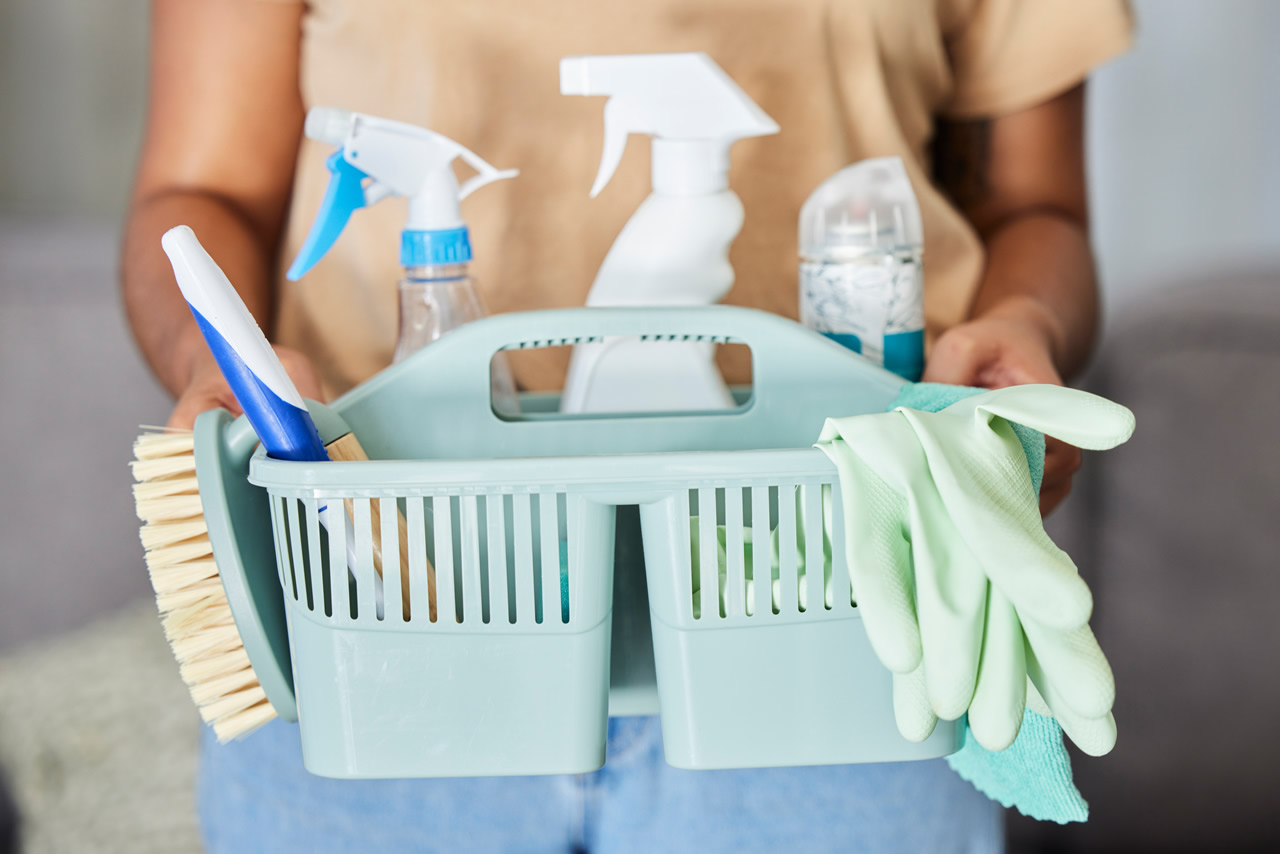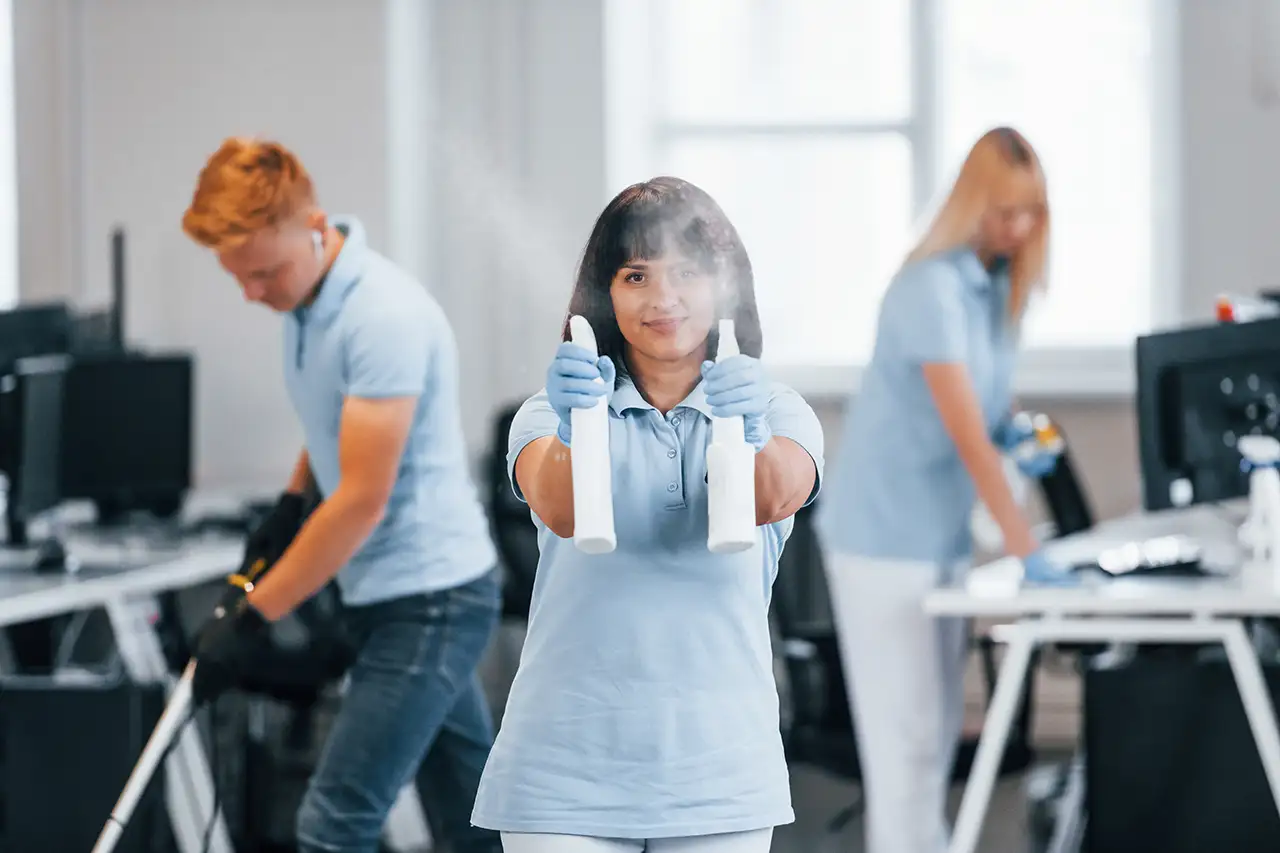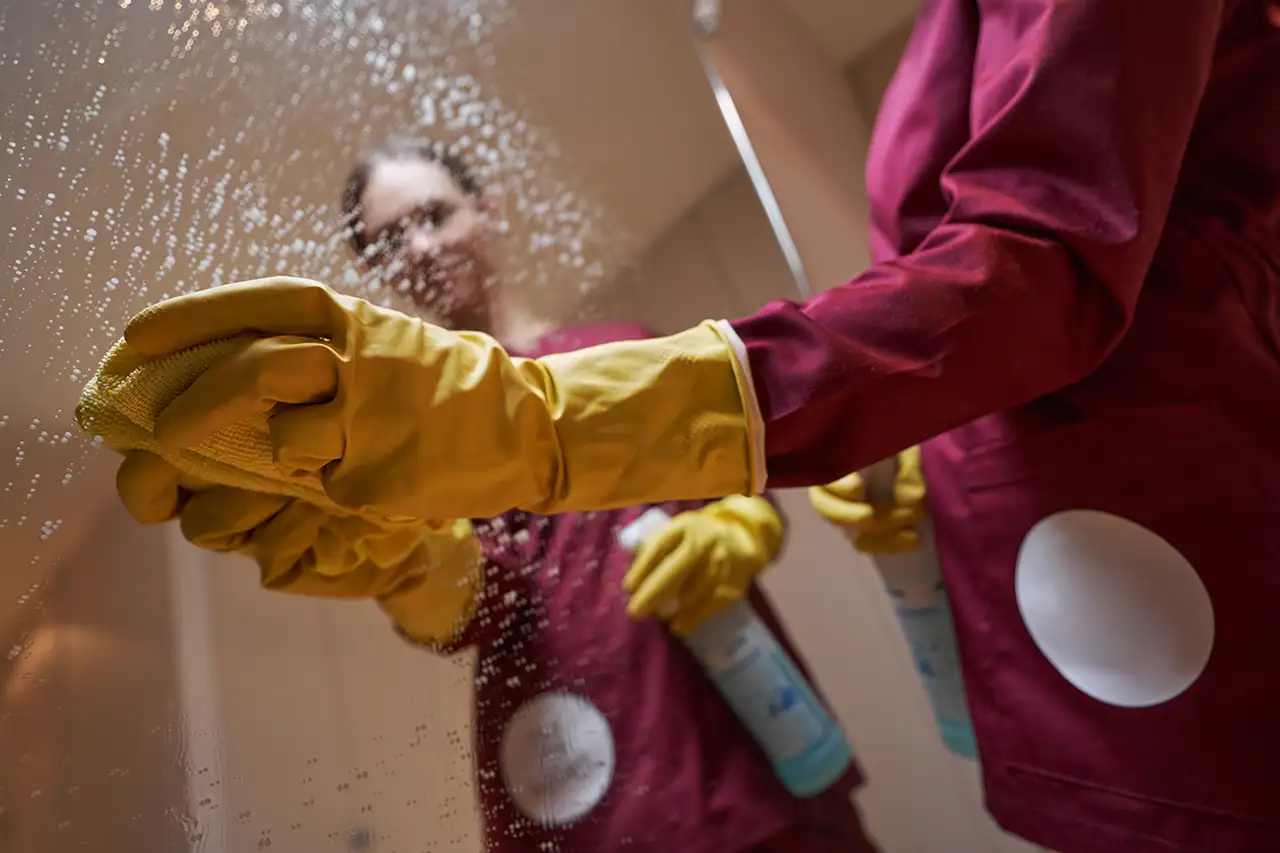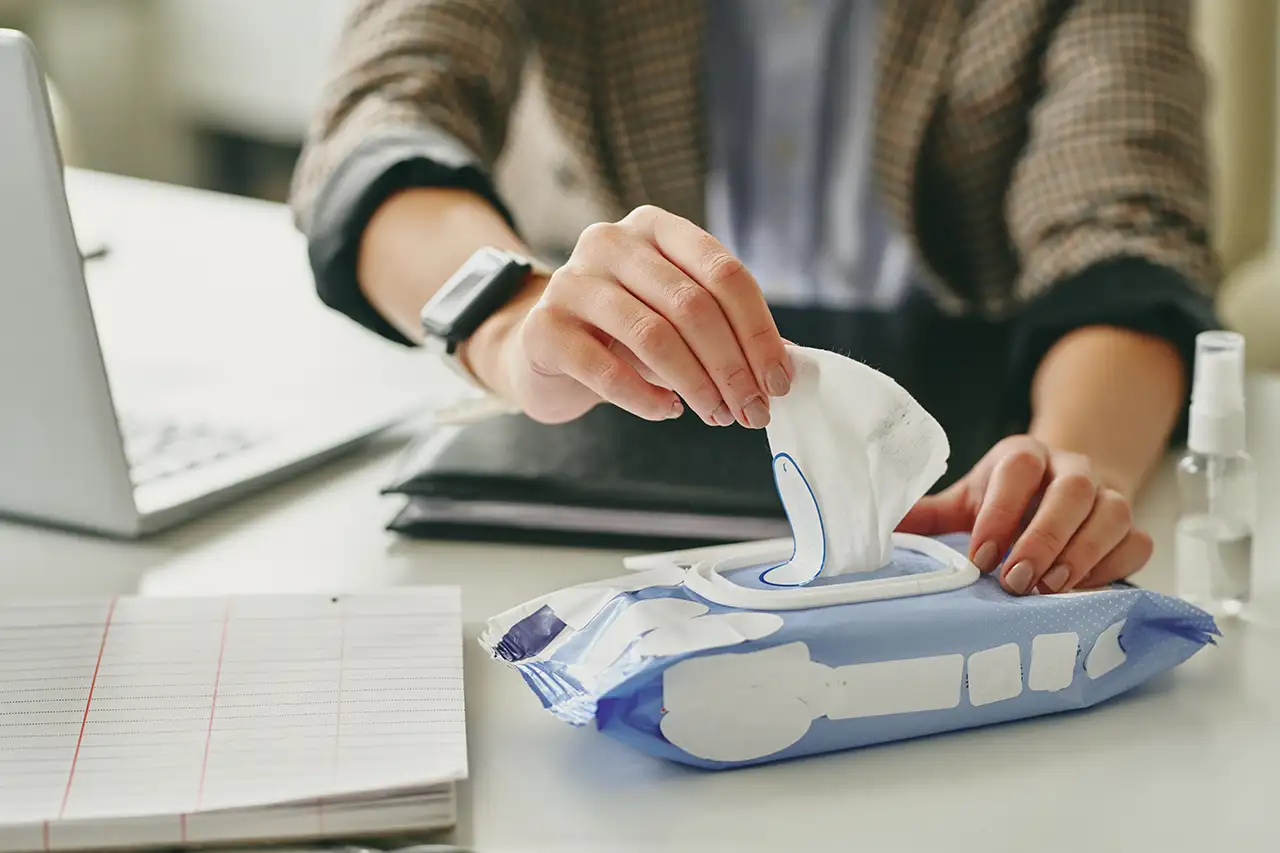Coffee makers are a necessity in any office. The only problem with that is that the coffee filters, carafes, and even the machine itself can get dirty quite easily. However, by following some simple steps you can keep a properly maintained coffee maker:
Step 1: Empty the coffee maker.
Before you start cleaning, be sure to empty all the coffee and water from your coffee maker. You don’t want to clean a full pot of coffee sitting in there! Similarly, don’t forget to remove any filters or K-Cup pods if you use those.
Step 2: Remove coffee grounds and water.
You can begin by removing the coffee grounds from the filter basket. Some coffee makers will have a removable filter basket, while others have the filter basket built into the reservoir. Use a paper towel to remove coffee grounds from around the edges of the filter basket. If you have a removable filter basket, be sure to empty it before re-inserting it into your coffee maker. Clean any leftover coffee grounds with a clean, damp cloth. The next step is to thoroughly clean and dry your filter basket. After you’ve cleaned out any leftover coffee grounds, use a sponge and nonabrasive cleaner (like dish soap) on your filter basket if there are stains or buildup present. Rinse and dry completely before re-inserting it into your coffee machine for brewing!
Step 3: Scrub away stains.
Once you’ve soaked the pot, use a sponge and hot water with soap to scrub down the inside. Then use a paper towel to wipe down the outside of your coffee maker, including the control panel, lid, filter basket and holder, and the surface underneath where other parts sit. If you have tough stains in your carafe or on your machine’s surface, you can try scrubbing them out with a small amount of vinegar first before proceeding with soap.
Step 4: Let the coffee maker dry.
Let your coffee maker air dry, do not use paper towels or other materials to clean. Make sure to avoid plugging it in until it is fully dry. This will prevent any electrical mishaps from occurring. Also, as tempting as it may seem, do not use a hair dryer to dry the coffee maker off! This can result in damage and will void the warranty of your coffee maker.
Step 5: Clean the inside.
Before you even get started, here’s a list of things you shouldn’t use to clean the inside of your coffee maker:
- Harsh cleansers or abrasive scrubbing pads
- Immerse your coffee maker in water for cleaning
- Bleach or vinegar (they’re harmful to the machine and can leave an aftertaste)
- Dishwasher detergent (it’s abrasive and will scratch the surface)
Step 6: Clean glassware.
- The next step is to clean the glassware. Do this by rinsing it with warm water to remove any remaining coffee grounds, and then checking for cracks or chips.
- If there is any damage to your glassware, you should replace it immediately because the machine could be damaged if the glass breaks during use.
- Once you remove any damage you should make sure that the glass is completely dry before using it again.
Step 7: Clean the water reservoir.
The water reservoir is one of the most important parts of your coffee maker to clean. Water deposits can build up in a reservoir over time, and make your coffee taste stale if they’re not cleaned out frequently.
To clean the inside of your water reservoir, you can use vinegar or lemon juice, or even baking soda. First, fill the water reservoir with a solution of white vinegar and water in equal parts. Run that through your brewing cycle to clean out any mineral buildup from the pipes and tubes in the machine. Then run another full cycle with plain water to rinse out any leftover vinegar aftertaste from your brewer’s system. Alternatively, you can fill the tank with plain lemon juice or diluted baking soda and follow that same process.
You should be sure to clean out any mineral buildup from your brewer about once every 1-3 months for best results, depending on how often you brew and how hard the water is where you live (harder waters contain higher concentrations of minerals).













